|
...from a November 7, 2017 short interview interview I had on the Calgary eyeopener.
0 Comments
An October 26 interview with CBC Radio and TV about our upcoming water exploration program in the Rohingya Refugee camps in southeastern Bangladesh. As of today, there are about 830,000 Rohingya Muslims who have fled from Myanmar, with 620,000 having arrived only since August 25. The monsoon rains are ending, and they will need to move to yet undeveloped groundwater supplies.
Calgarians helping Rohingya refugees http://www.cbc.ca/listen/shows/calgary-eyeopener We geophysicists are very fortunate in the circumstances of our work in the Nayapara and Leda Refugee Camps. We are now interacting very closely with the refugee community. And we can have translation facilitated conversations about some quite intimate situations – water sources, distance to latrines, number of persons in the household, time spent collecting water, etc. However, the really heavy conversations about what happened in Myanmar are optional. Very much like after the Boxing Day Indian Ocean earthquake and tsunami, and very much unlike the refugees of Kakuma, I find the Rohingya are very open to talk about what happened in their homes and villages.
It is always very clear over the first day or two of an exploration program which individual is the most important member of the team. The learning curve is very steep for all 5 of us Canadians here. None of us speak more than a few words of Bangla. We do not have enough knowledge of the Bengali script to differentiate between the sign for a maternal health center and a tire repair shop. As we pull our cables through cities of plastic sheeting and mud, we have to constantly be aware that these are people`s homes; though, we do not have the cultural or language skills to properly excuse ourselves or ask for permission to pass
On October 29th, Alastair McClymont, Colin Miazga, Eric Johnson, Chris Slater, and Paul Bauman left Calgary and Vancouver with 24 pieces of baggage, most weighing 32 kg, for a two week water exploration program for the Rohingya Refugees in southeast Bangladesh. We left before the sun rose on Thursday, arrived in Dhaka after midnight on Saturday (minus three boxes of cables), and were menage a trois with UNHCR and Oxfam logisticians and WASH (WAter, Sanitation, and Hygiene) officers by Sunday afternoon. There was a lot to sort out – where would we go, how would we get there, and what exactly would we do.
Jet lagged with the 12 hour time difference and the stress of moving 560 kg of baggage from Calgary to Cox’s Bazar in southeastern Bangladesh, and none of us speaking a word of Bengali or Bangla as they often call the language, we worked in the more bucolic areas near, but outside the Nayapara and Leda Camps on Monday and Tuesday. Today, November 3, we began exploring for water on the edges of the camps themselves, beginning with Leda. The geology has already pulled a few surprises, but so have the Teknaf Peninsula of Bangladesh and the people that live there, including the Rohingya refugees. We are just beginning to figure out the geology; and, we are just beginning to comprehend what has happened in Myanmar since August 25th, and what is now going on within the now 850,000 person Rohingya refugee population in the southeastern most corner of Bangladesh.
July 19 to 21 we imaged structures beneath the Great Synagogue of Vilnius. This week, beginning Sunday, July 30, we will look for the “malines” or hiding places in the Nazi motor pool HKP 562. Discovery Channel and BBC will be producing a documentary.
In the intervening week, we have been in Kaunas trying to map mass burials at Forts IX, VII, and IV, as well as a possible mass burial at the Jewish Cemetery of Kaunas. In 1939, Kaunas was the capital of Lithuania, with about 40,000 Jews and 40 synagogues, about one quarter of the City’s population. The killing of Jews began on June 23, 1941, two days before the Nazis entered Kaunas. But it was between July 1941 and 1944 that the Nazis organized the extermination of the Jewish population of Kaunas, as well as of other Jews brought from as far away as France into the city to be killed. Most of the killings occurred at 3 czarist period forts built be the Russians. These 3 forts, Forts IV, VII, and IX, were part of a system of 9 massive, but obsolete czarist forts ringing Kaunas and constructed between the 1850s until World War I. The Nazis viewed these structures as readymade extermination sites – outside the main town, with walls and prisons for concentrating Jews, walls against which victims could be shot, moats where victims could be buried. This was the beginning of the "Holocaust by Bullets", long before mechanized extermination by gassing. The Nazis began their murders at Fort IV, with a few thousand executions of leaders of the Jewish community from Kaunas, other towns in Lithuania, and elsewhere – political leaders, educated persons, professionals, teachers, entrepreneurs, etc. But marching people up the hill to Fort IV was inconvenient. The killings continued at Fort VII, but this location was too close to the city and too far from the Jewish Ghetto. Most of the killings occurred at Fort IX which was more isolated, but closer to the Ghetto. About 50,000 persons were executed there, with approximately 30,000 being Jews. 9,200 Jews were executed in a single day by the mobile killing unit German Einsatzkommando 3 and Lithuanian Police, termed the Great Action of October 29, 1941. Within 6 months of the Nazis entering Kaunas, half the Jewish population was dead. As at Ponar, in 1943, the Nazis organized a “Burning Brigade” to exhume corpses, burn the bodies, and scatter the ashes. The Jewish slaves were given euphemistic names to their tasks: diggers, porters, and firemen. The field of corpse-filled trenches was called the battlefield. On Christmas Day, 1943, the entire Burning Brigade of 63 Jews and one Polish woman made a well planned and daring escape. While the guards were drunk, they removed a pre-cut cell bar, opened all the cells with a key they had manufactured, crawled through a small opening in a heavy steel door they had previously cut over a period of weeks, traveled through 2 tunnels, passed underneath a guard tower concealed by white sheets, and scaled a 6.5 m wall with a pre-fabricated ladder they had made. 37 of the escapees fled to the forest and were eventually tracked down and killed. 27 returned to the Kaunas Ghetto and hid in plain site. 11 survived until the end of the war. But the killing and the burning continued. One of the last group of doomed prisoners was Convoy 73 with about 900 French Jews. Their last words are scratched into the walls in the dungeons of Fort IX. At Fort IX, we were trying to use aerial photography and non-intrusive geophysics to delineate the exact locations, lateral extents, and depths of the burial trenches so that they will be marked and remembered, but remain undisturbed. We have all heard of Oskar Schindler, and seen and loved Steven Spielberg’s blockbuster movie Schindler’s List. But who has ever heard of the Wermacht officer Major Karl Plagge?
Major Plagge, an early member of the Nazi Party from 1931, was in charge of the Heeres Kraftfahr Park, better known as the HKP labor camp. From 1941 to mid-1944, Plagge commanded vehicle workshop HKP unit 562. 2500 people laboured at the various unit 562 Wermacht vehicle repair shops in Vilnius. Like Oskar Schindler, Karl Plagge issued work permits to as many Jews as possible, pulling them and their families out of the Vilna Ghetto and giving them a chance to survive the ultimate liquidation of the Ghetto. The workers lived in two apartment buildings at Subaciaus Street, numbers 47 and 49. When Plagge knew that the German forces were in retreat from Stalingrad, and the SS death squads would inevitably execute the approximate 1200 Jews at HKP, he surreptitiously warned the Jewish forced laborers. The Jews built hiding places called malines – tunnels, hidden cellars, rooms behind false walls and under staircases, etc. On July 3, 1944, an SS death squad entered HKP. About 500 Jews appeared at roll call and were sent to the Ponar extermination camp described in NOVA’s documentary “Holocaust Escape Tunnel.” The SS searched and found about half of the others, who were also executed. But approximately 250 survived their concealment, the largest single group of Jews to survive the liquidation of Vilna’s Jewish population. The two buildings at Subaciaus Street 47 and 49 still stand, and are still occupied. Alastair McClymont and Paul Bauman will be using our tradecraft to search for the hiding places or malines, and to search for Jewish mass burials at the HKP site. We will be guided and aided by Lithuanian and American archaeologists, an 82 year old survivor of HKP and a maline, and the author of “The Search for Major Plagge,” Dr. Michael Good. Friday, July 21, Dr. Richard Freund, a Lithuanian archaeologist, Alastair, and Paul Bauman did a preliminary scout of the HKP camp. We will begin our work at HKP in a week. Discovery Channel along with BBC will make a move about the search along with the background, the survivors, the story of HKP, and of course the story of the Nazi officer Major Karl Plagge. Alastair McClymont and I arrived in Lithuania on July 19. We are here once again to continue to support Lithuanian, Israeli, and American archaeologists and their students who are investigating Holocaust related sites in Vilnius and Kaunas. On Thursday July 20 and Friday July 21 we carried on from our June 2016 work at the Great Synagogue site, using electrical resistivity tomography and drone photography to try to discover the remaining subsurface architecture of the Synagogue and the bath house.
The Great Synagogue was the largest and most important of the 140 synagogues and prayer houses that stood in Vilnius before 1941. Only a single synagogue, the Choral Synagogue, survived the War. The Great Synagogue was ransacked in 1941 by the Nazis, and levelled to the ground by the Soviets in 1957. In 1964, the Soviets built an elementary school over the site. As described in the NOVA documentary Holocaust Escape Tunnel, last year we somewhat speculated that we were in the mikveh, or Jewish ritual bath house. However the archaeologists are now 100% confident – they have excavated two actual mikvehs (Hebrew plural mikvaot), likely one for men and one for women. Which is which? There is no way to tell, as they are identical, and as bathing suits are not worn in the mikveh, there will be no telltale bathing garments left behind. Hover for captions This is an "immersive" virtual reality experience created by NOVA regarding the Ponar Extermination Site. Watch it on your phone to fully enjoy the experience!
click here to experience! |
Categories
All
Archives
August 2022
|
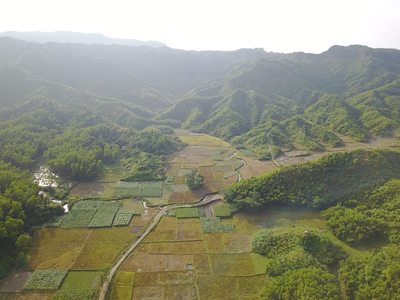
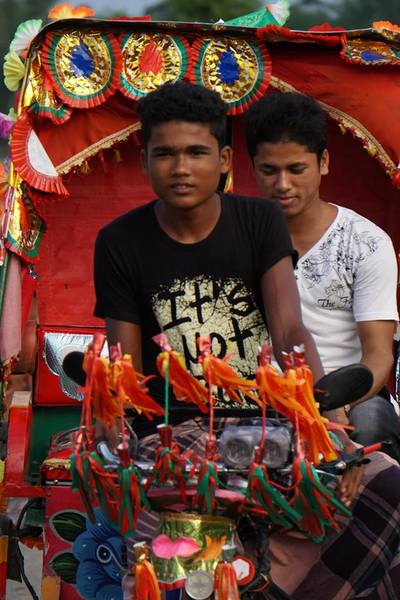
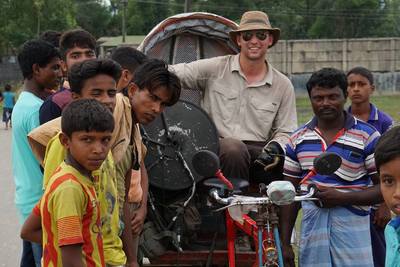
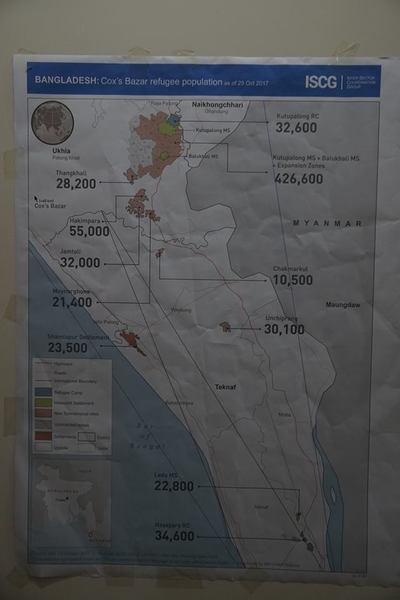
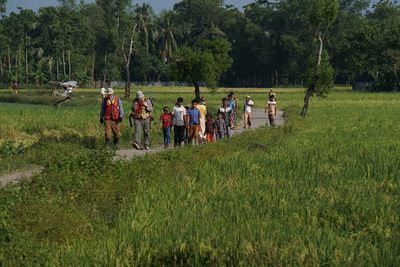
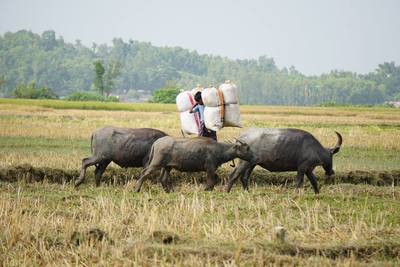
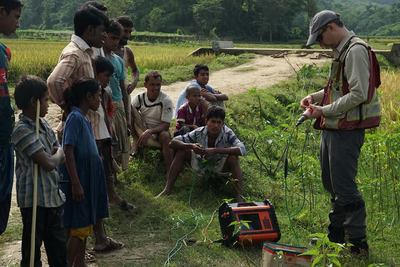
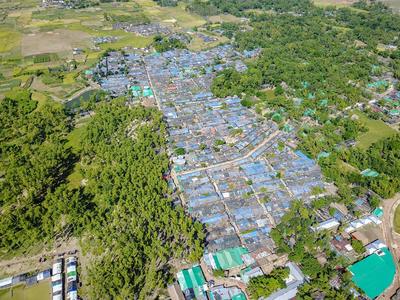
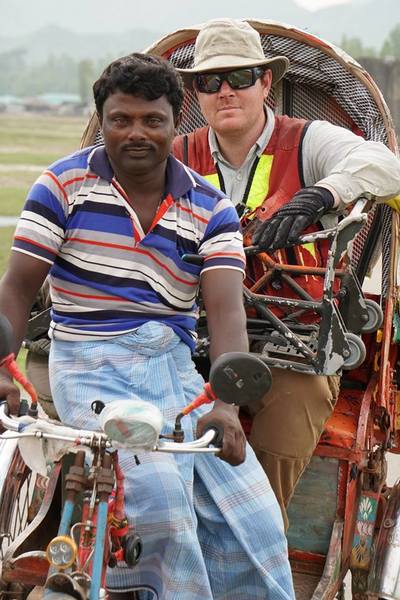
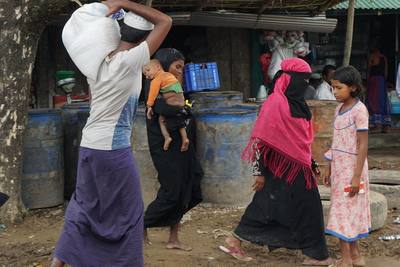
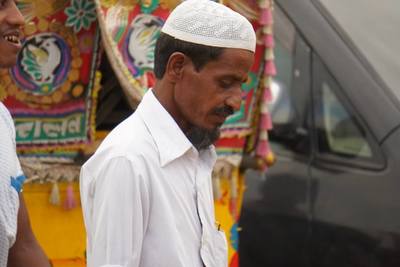
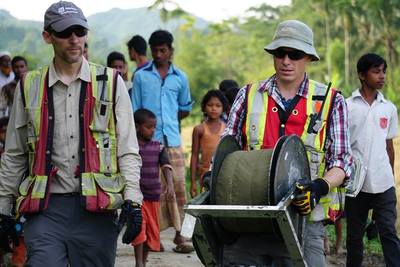
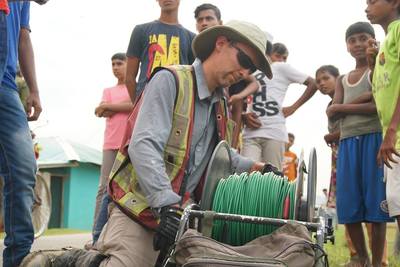
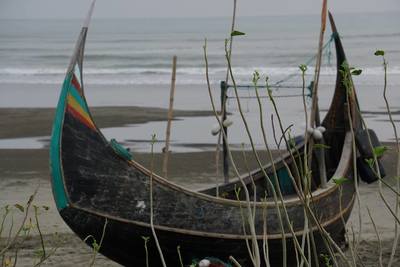
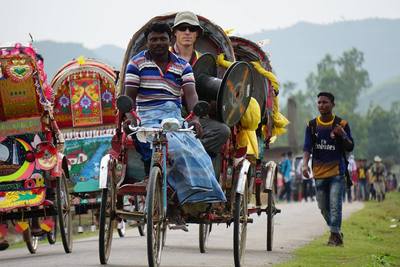
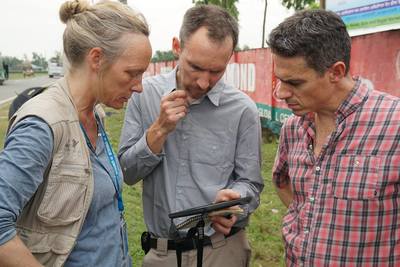
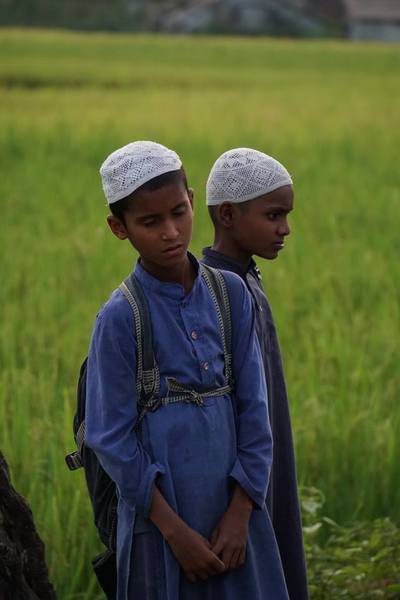
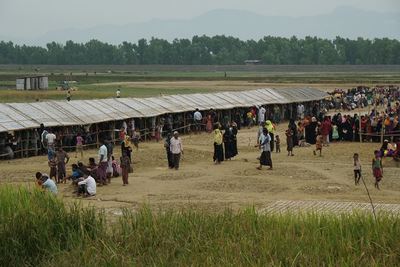
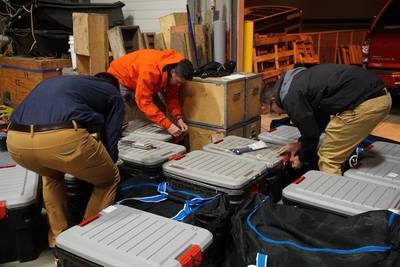
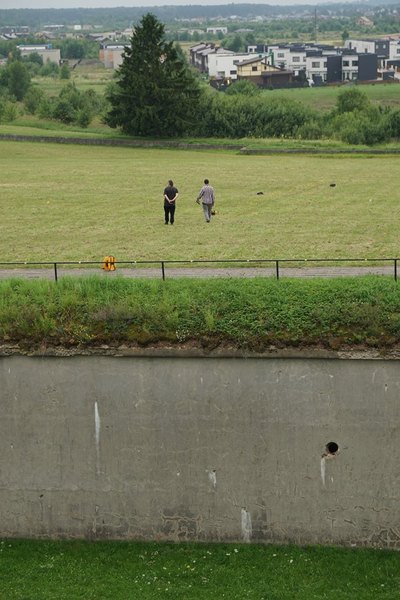
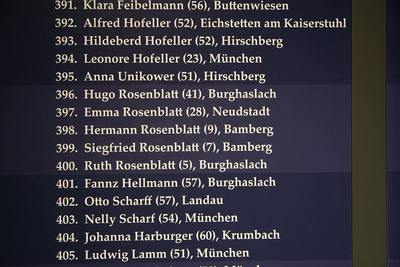
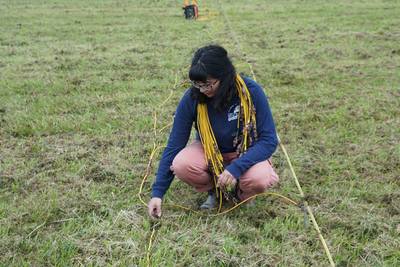
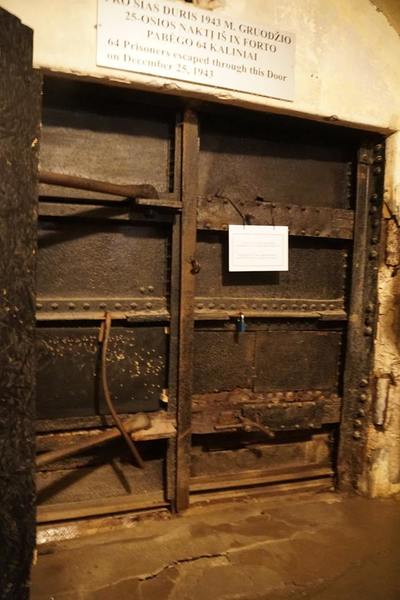
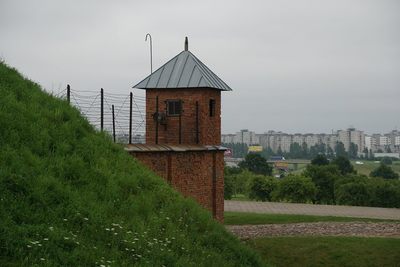
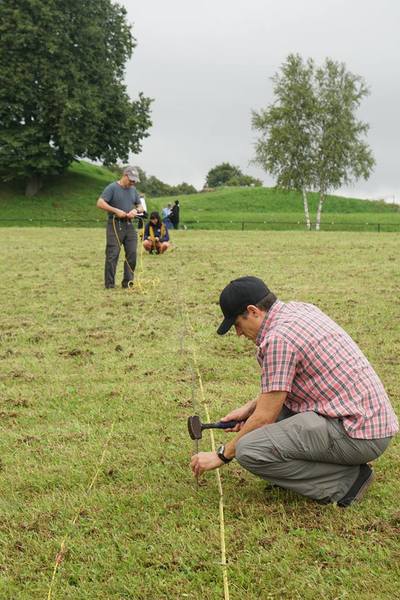
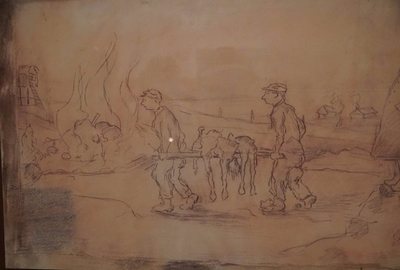
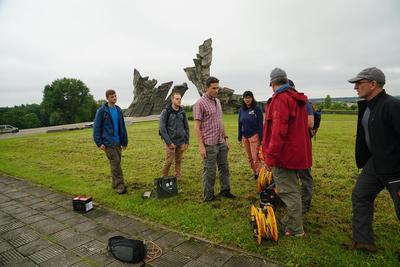
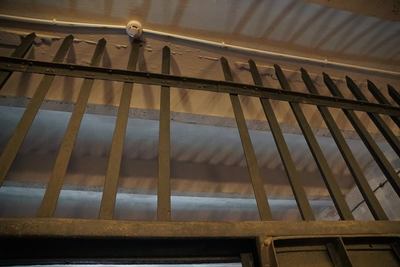
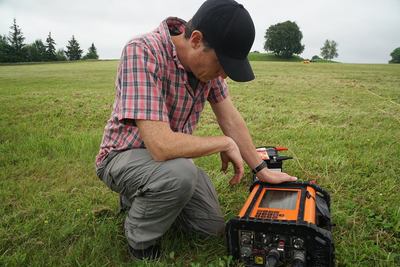
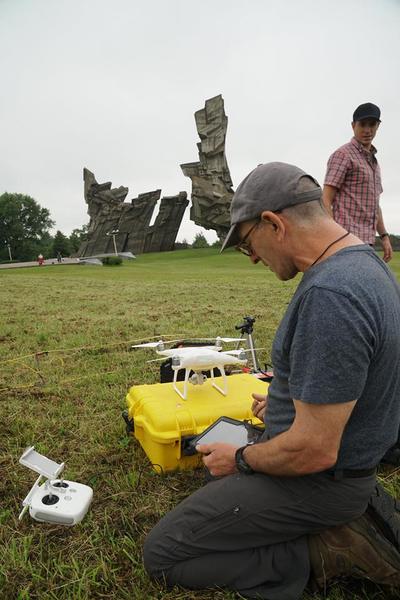
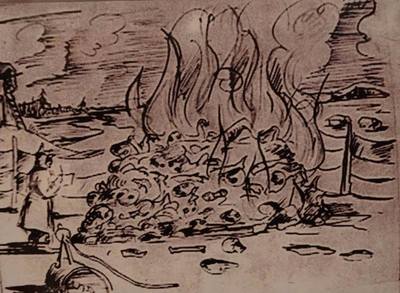
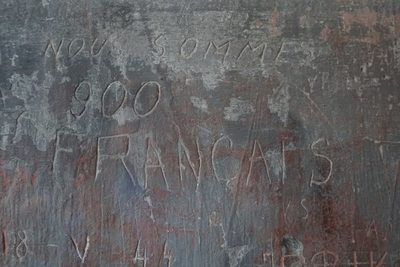
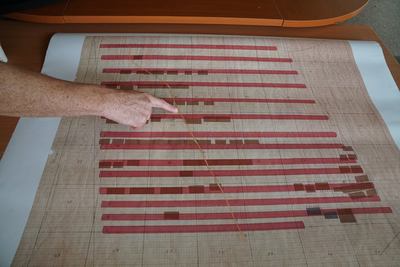
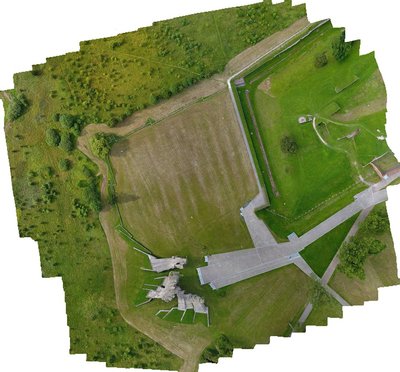
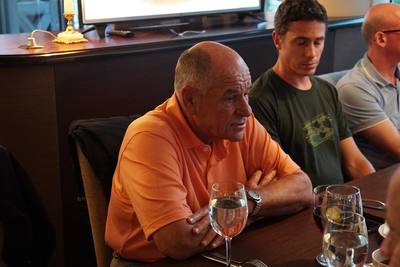
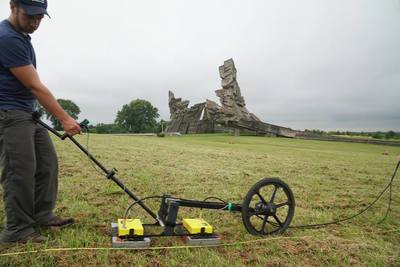
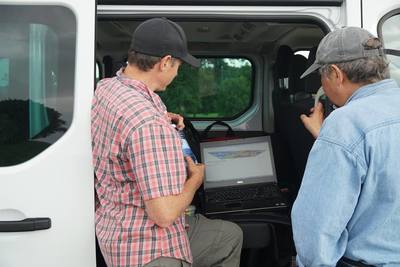
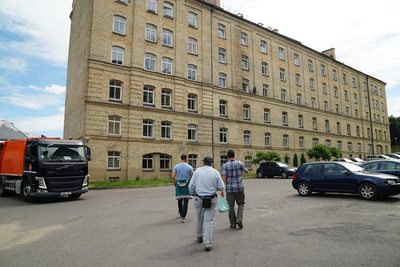
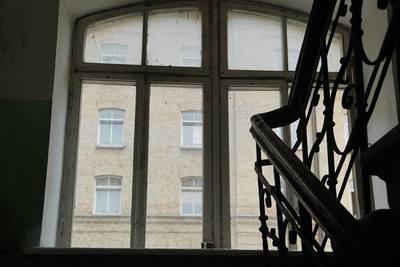
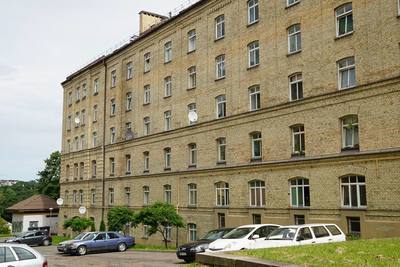
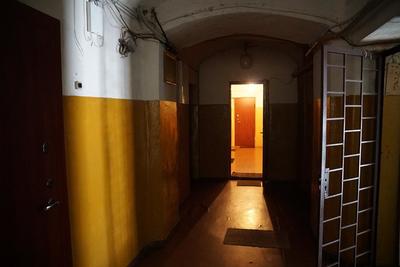
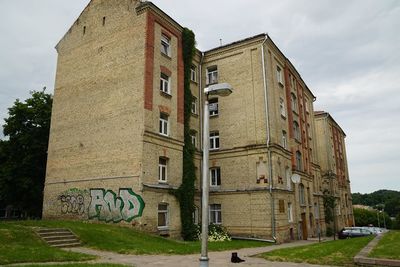
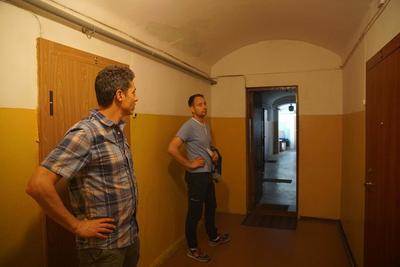
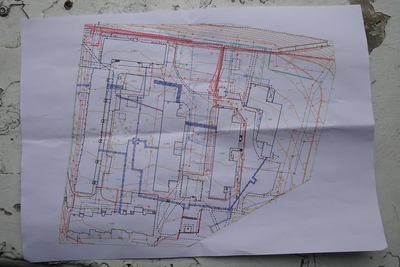
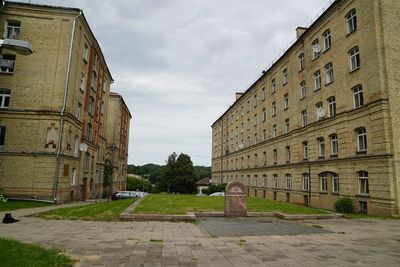
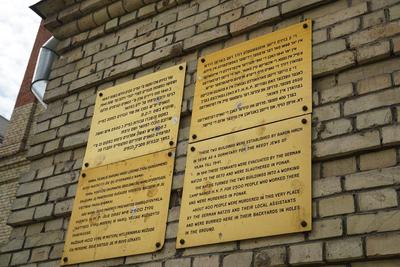
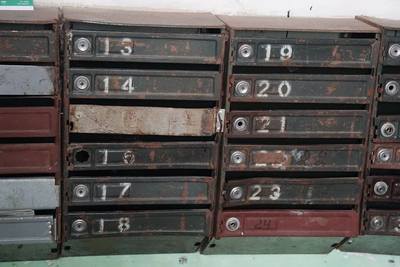
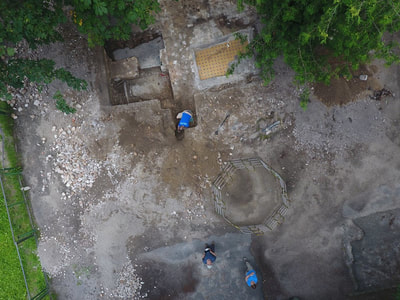
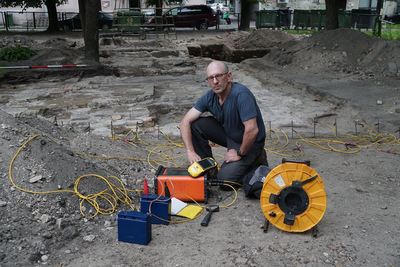
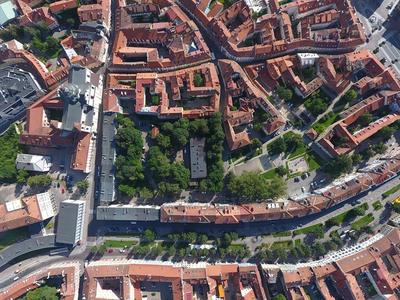
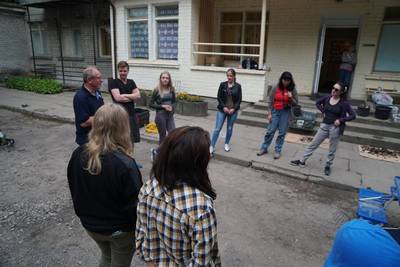
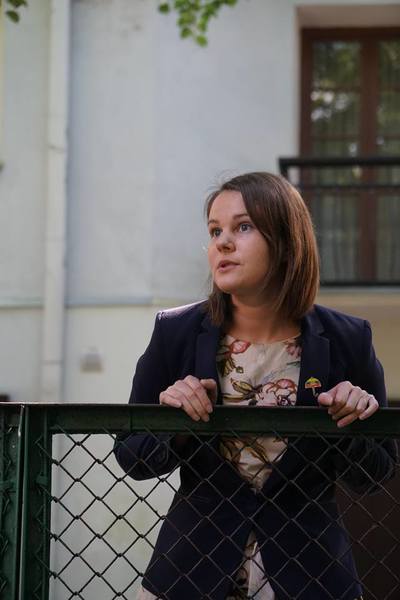
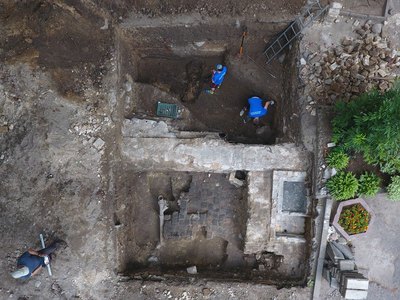
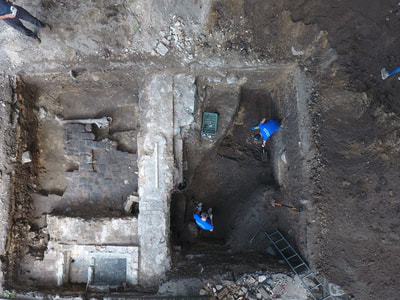
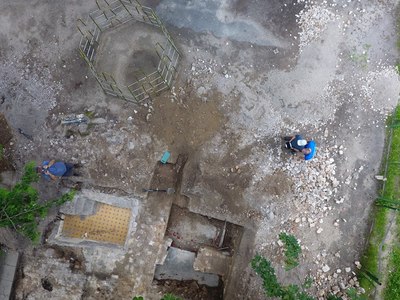
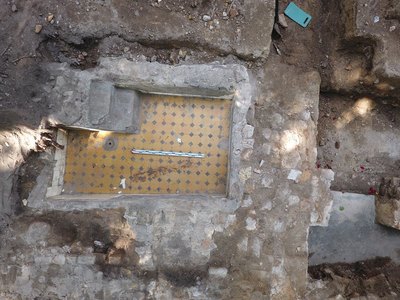
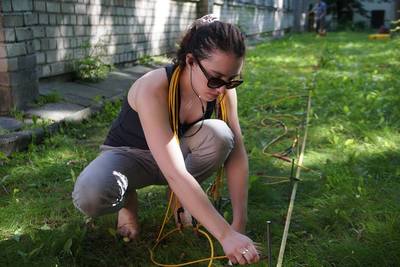
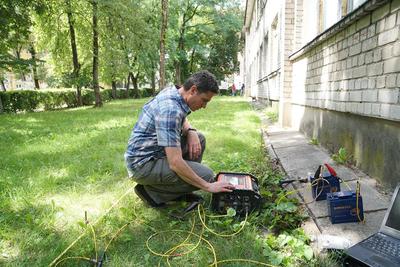
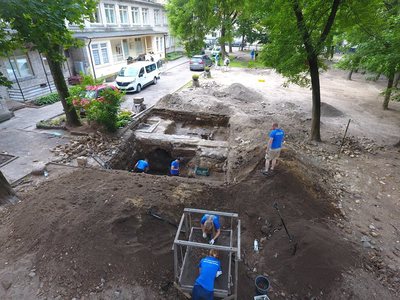
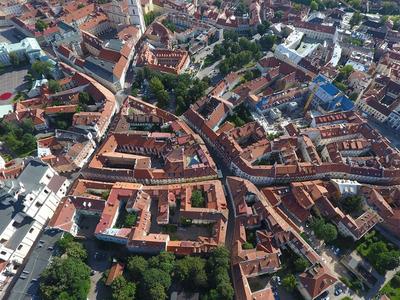
 RSS Feed
RSS Feed